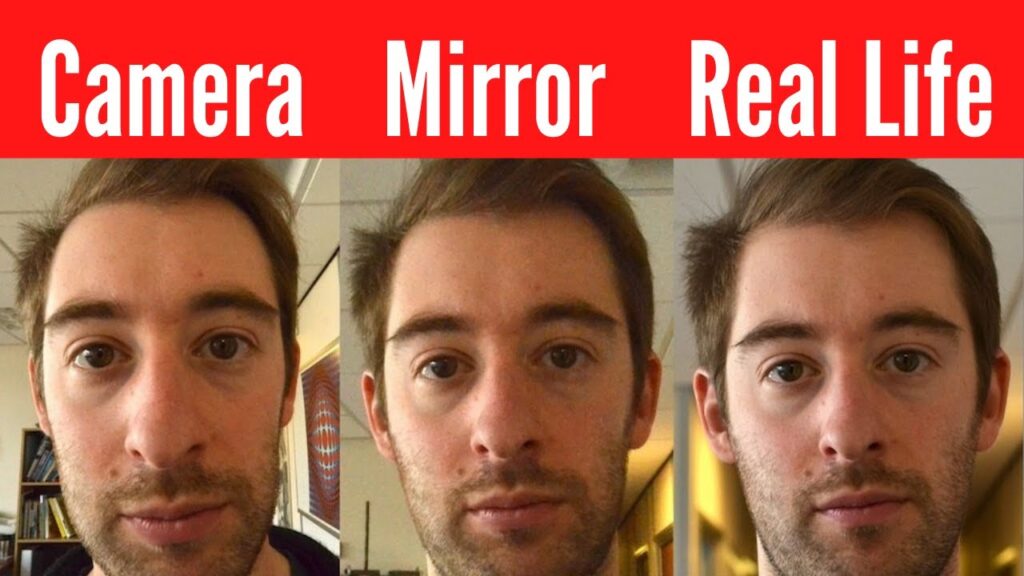
The quest for an accurate reflection of reality has captivated humans for centuries. We strive to capture moments, preserve appearances, and understand our own image in the world. Two seemingly simple tools, mirrors and photographs, offer distinct approaches to this pursuit. While mirrors provide an immediate, unfiltered view, photos present a captured moment, susceptible to manipulation and interpretation. This article delves into the intricacies of both mediums, exploring their strengths and limitations to determine which truly reflects reality more accurately.
This exploration will examine the fundamental differences between mirrors and photographs, analyzing their respective capabilities for capturing reality. We’ll delve into the concept of real-time reflection offered by mirrors and the potential for manipulation inherent in photographic images. Finally, we’ll consider the context surrounding each medium to understand how accuracy is ultimately defined.
Mirrors vs Photos
Mirrors and photos represent two fundamentally different ways of representing reality. Mirrors function as physical surfaces that reflect light, creating an immediate and seemingly objective image. Photographs, on the other hand, capture light using a chemical or digital process, resulting in a static representation of a specific moment in time. This fundamental difference sets the stage for contrasting perceptions of accuracy.
Mirrors offer a direct, unmediated view of the subject. What you see is what is, at least in terms of the visible spectrum. However, mirrors are limited by their physical properties. They can only reflect what is directly in front of them and are susceptible to distortions caused by the curvature of the surface or imperfections in the glass.
Photos, while capturing a moment in time, introduce a layer of interpretation through the photographer’s choices. Composition, lighting, camera angle, and post-processing techniques all influence the final image, potentially altering the viewer’s perception of reality.
Real-Time Reflection
Mirrors excel at providing real-time reflection, offering an instantaneous view of oneself or the surrounding environment. This immediacy makes mirrors invaluable for tasks requiring precise visual feedback, such as applying makeup, checking one’s appearance, or navigating physical spaces. The lack of delay between action and reflection ensures a direct and unfiltered connection to the present moment.
However, this real-time nature also presents limitations. Mirrors capture only what is visible within their frame, neglecting any surrounding context or background information. They offer a static snapshot of a single point in time, unable to capture movement or change beyond the immediate reflection.
Photo Manipulation
Photos, while capturing a moment, are inherently susceptible to manipulation. Digital editing tools allow for extensive alterations to images, changing colors, shapes, textures, and even entire scenes. This malleability can be used creatively to enhance photos or tell compelling stories, but it also raises questions about the accuracy of photographic representations.
The ease with which photos can be manipulated necessitates critical evaluation of their content. While some edits are subtle and intended to improve aesthetics, others may involve significant alterations that distort reality. It’s crucial to consider the source of a photo and its potential for manipulation when assessing its truthfulness.
Digital Distortion
Digital distortion can take many forms, ranging from minor adjustments to complete fabrications. Cropping, resizing, and color correction are common techniques used to enhance photos, but they can also alter proportions and create misleading perspectives. More drastic manipulations involve adding or removing objects, changing facial features, or even creating entirely fictional scenes.
The pervasiveness of digital manipulation in photography necessitates a discerning eye. It’s important to question the authenticity of images, especially those shared online where misinformation can spread rapidly. Look for inconsistencies, unnatural elements, or telltale signs of editing that may indicate manipulation.
Accuracy and Context
Ultimately, determining which reflects reality more accurately – are photos or mirror more accurate – depends heavily on context. Mirrors provide an immediate, unfiltered view of the physical world, making them ideal for tasks requiring real-time feedback. However, they are limited by their physical constraints and offer a narrow perspective.
Photos capture a specific moment in time, but their accuracy is influenced by numerous factors, including photographer choices, lighting conditions, and post-processing techniques. While photos can be manipulated to distort reality, they also offer the potential to document events, preserve memories, and communicate visual narratives.
Conclusion
Both mirrors and photographs offer unique perspectives on reality, each with its strengths and limitations. Mirrors provide an immediate, unfiltered reflection of the physical world, while photographs capture a specific moment in time, susceptible to manipulation and interpretation. The choice of which reflects reality more accurately depends on individual needs and context.
For tasks requiring real-time feedback and an objective view of the present moment, mirrors excel. However, for capturing and preserving memories, documenting events, or communicating visual narratives, photographs offer a powerful tool. Ultimately, understanding the nuances of both mediums allows us to critically evaluate their representations of reality and make informed judgments about their accuracy.
